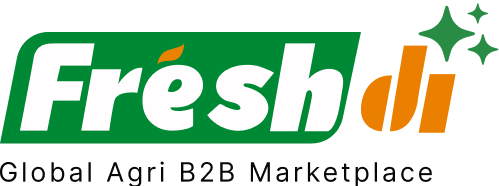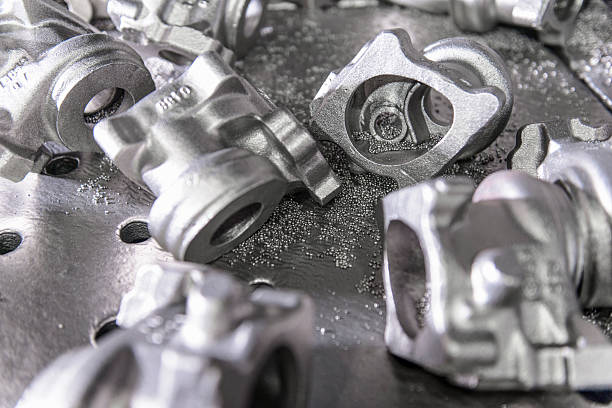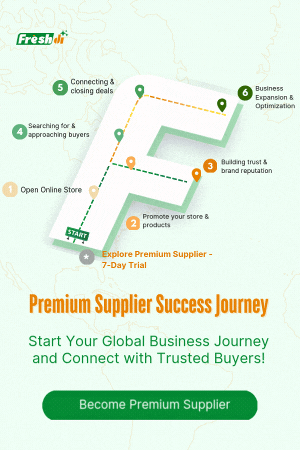Introduction – Current State of Play: The Aluminum Die Casted Parts Sector in Vietnam
Vietnam’s aluminum die-casting industry is in the middle of a major transformation. As of Quarter 3 of 2025, the country is experiencing a surge in global attention, thanks to its strategic role in Asia-Pacific’s rapid industrial growth. Demand for aluminum die-casted parts is booming, especially in sectors like electric vehicles (EVs), renewable energy, and smart infrastructure.
One of the biggest drivers? Global demand. The Asia-Pacific region, where Vietnam is a major player, is seeing record-breaking growth in aluminum die-casting, thanks to innovations in lightweight materials and green technologies. Vietnam, in particular, stands out with its cost-effective labor, favorable export policies, and growing technical capabilities. (Jiawei Metal)
But it’s not all smooth sailing. In early 2025, the United States reimposed a 25% tariff on aluminum imports from Vietnam. That’s a big deal. It’s forcing Vietnamese suppliers to rethink their strategies—shifting focus to EU and ASEAN markets with fewer trade barriers. Despite the tariff challenge, Vietnam’s competitive edge remains strong due to its existing trade agreements and lower production costs. (Kim Seng Global)
Meanwhile, Vietnam’s aluminum output hit nearly 1.5 million tonnes in 2024—a 14.5% increase from the previous year. There’s also a clear push toward sustainability, with domestic firms investing in recycling tech and local raw material sourcing. (Oristar)
So, what does this mean for buyers and businesses sourcing aluminum die-casted parts from Vietnam? It means opportunity—but only for those who stay updated and agile.
Deep Dive – Breaking News: Critical Updates & Their Effects
Vietnam’s aluminum die-casting industry isn’t just growing—it’s evolving. Let’s zoom into the major updates shaping the landscape in Q3 2025:
Construction Boom = Skyrocketing Demand
Vietnam’s construction and infrastructure sector is exploding. The Ministry of Construction expects an 8.2% growth rate in 2025—the highest since 2020! This growth is fueling demand for aluminum die-casted parts like window frames, door handles, and structural connectors. (IMARC Group)
Electric Vehicle Surge
Here’s something exciting: EV sales in Vietnam jumped 58% year-on-year in November 2024. That’s huge. EVs rely heavily on lightweight, durable parts—which is where aluminum die-casting shines. Expect more partnerships between Vietnamese suppliers and global automakers. (IMARC Group)
Tech Transformation: Industry 4.0
Vietnamese die-casting factories are embracing automation, robotics, and real-time monitoring systems. These smart technologies boost production speed and consistency while reducing waste. It’s not just a trend—it’s a necessity to compete globally.
New Investments Changing the Game
-
Dak Nong Aluminum Smelter Project: The country’s first smelter is coming online in Q2 2026. The $1.84 trillion VND project will eventually contribute $700 million to Vietnam’s GDP each year. That’s a power move. (Metal.com)
-
Kam Kiu Aluminium’s $100M Bet: This Hong Kong-based giant is investing $100 million in a new plant in Nam Dinh, set to open in May 2025. It’s a signal that Vietnam is now seen as a primary hub for high-quality aluminum parts. (IMARC Group)
Supply Chain Diversification: Vietnam Steps Up
With tensions rising around China-centric supply chains, many manufacturers are looking to Vietnam. Strategic partnerships—like Teamsworld linking Vietnam and Taiwan—are giving global buyers new sourcing options. (PRLog)
Top 4 Verified Aluminum Die Casted Parts Suppliers in Vietnam – Navigating Current Market Realities
Choosing the right supplier can feel like finding a needle in a haystack. That’s why we’ve rounded up 4 reliable, verified suppliers based on export capacity, certifications, and active user feedback on Freshdi—a trusted B2B sourcing platform.
1. Shang Yi Material Company
- Strengths: Focus on precision aluminum die casting for automotive and electronics.
- Certifications: ISO 9001:2015, IATF 16949
- Why They Stand Out: Known for technical innovation and fast turnaround times. They’ve recently added smart inspection systems to reduce defects by 30%.
- Freshdi Insights: Frequently listed in “Top Exporters of the Month” due to consistent RFQ volume and strong customer satisfaction.
Dynamic Ranking Note: Platforms like Freshdi offer real-time rankings such as “Suppliers of the Month” based on export performance, RFQ responsiveness, and quality metrics—helping buyers track who’s leading the market.
Market Navigation – Strategic Responses to Today’s Aluminum Die Casted Parts Landscape in Vietnam
The current landscape is both promising and complex. Let’s break it down:
Challenges to Watch
- Tariffs from the U.S.: The 25% import tariff means U.S. buyers may face higher costs. However, buyers from the EU, Japan, and ASEAN markets benefit from trade-friendly policies.
- Raw Material Dependency: Vietnam still imports a chunk of its aluminum raw materials, which makes pricing vulnerable to global fluctuations.
Opportunities to Seize
- Localized Supply Chains: With more companies investing in domestic smelting and recycling, supply chain stability is improving.
- EV and Construction Demand: These two sectors are exploding. Suppliers focusing on lightweight, durable parts are in high demand.
Sourcing Strategy Tips
- Diversify Supplier Base: Don’t rely on a single supplier—especially with fluctuating tariffs and raw material prices.
- Prioritize Certifications: Work with ISO and IATF-certified suppliers to ensure compliance and quality.
- Use Platforms Like Freshdi: Get real-time RFQ trends, supplier verification, and alerts when key market updates hit.
Conclusion – Key Takeaways for Businesses in a Dynamic Market
Vietnam’s aluminum die-casting sector is growing fast, but it’s far from static. With shifting trade policies, booming demand from EVs and infrastructure, and big investments in local production, now is the time to act smart.
Checklist for Buyers:
- ✅ Stay updated on tariff changes and trade agreements.
- ✅ Focus on suppliers with relevant certifications (ISO, IATF).
- ✅ Diversify sourcing to reduce risk.
- ✅ Leverage platforms like Freshdi for RFQ trend analysis and supplier vetting.
- ✅ Monitor developments in EV and construction sectors for product planning.
Future Outlook:
The next 12–18 months look bright. With the Dak Nong smelter coming online and new international investments pouring in, Vietnam is on track to become a global hub for aluminum die-casted parts. But success depends on staying informed and agile.
How Freshdi Empowers Buyers:
Freshdi isn’t just a sourcing platform—it’s a real-time intelligence tool. Whether you’re tracking supplier performance, monitoring RFQ volume, or spotting early signals of market shifts, Freshdi gives you the data to make smart, timely decisions. In a fast-changing market like Vietnam’s, that’s a serious advantage.
FAQs
1. Why is Vietnam becoming a hotspot for aluminum die-casted parts?
Vietnam offers low production costs, strong trade agreements, and increasing investments in technology. Plus, demand from EVs and construction is huge right now.
2. How can I avoid risks related to U.S. tariffs when sourcing from Vietnam?
Focus on non-U.S. markets or diversify your supplier base. Platforms like Freshdi can help you find suppliers with strong footprints in tariff-exempt markets.
3. What certifications should I look for in a Vietnamese aluminum die-casting supplier?
Look for ISO 9001 and IATF 16949. These ensure quality management and automotive compliance.
4. How does Freshdi help buyers make better sourcing decisions?
Freshdi provides verified supplier profiles, real-time RFQ data, and dynamic market alerts—so you always know who’s performing and what’s changing.
5. Are Vietnamese suppliers ready for Industry 4.0 standards?
Yes! Many suppliers are adopting automation, smart inspection systems, and digital tools to meet global standards and improve efficiency.
References
- Jiawei Metal
- Kim Seng Global
- Oristar
- IMARC Group
- Metal.com
- PRLog
- Freshdi


